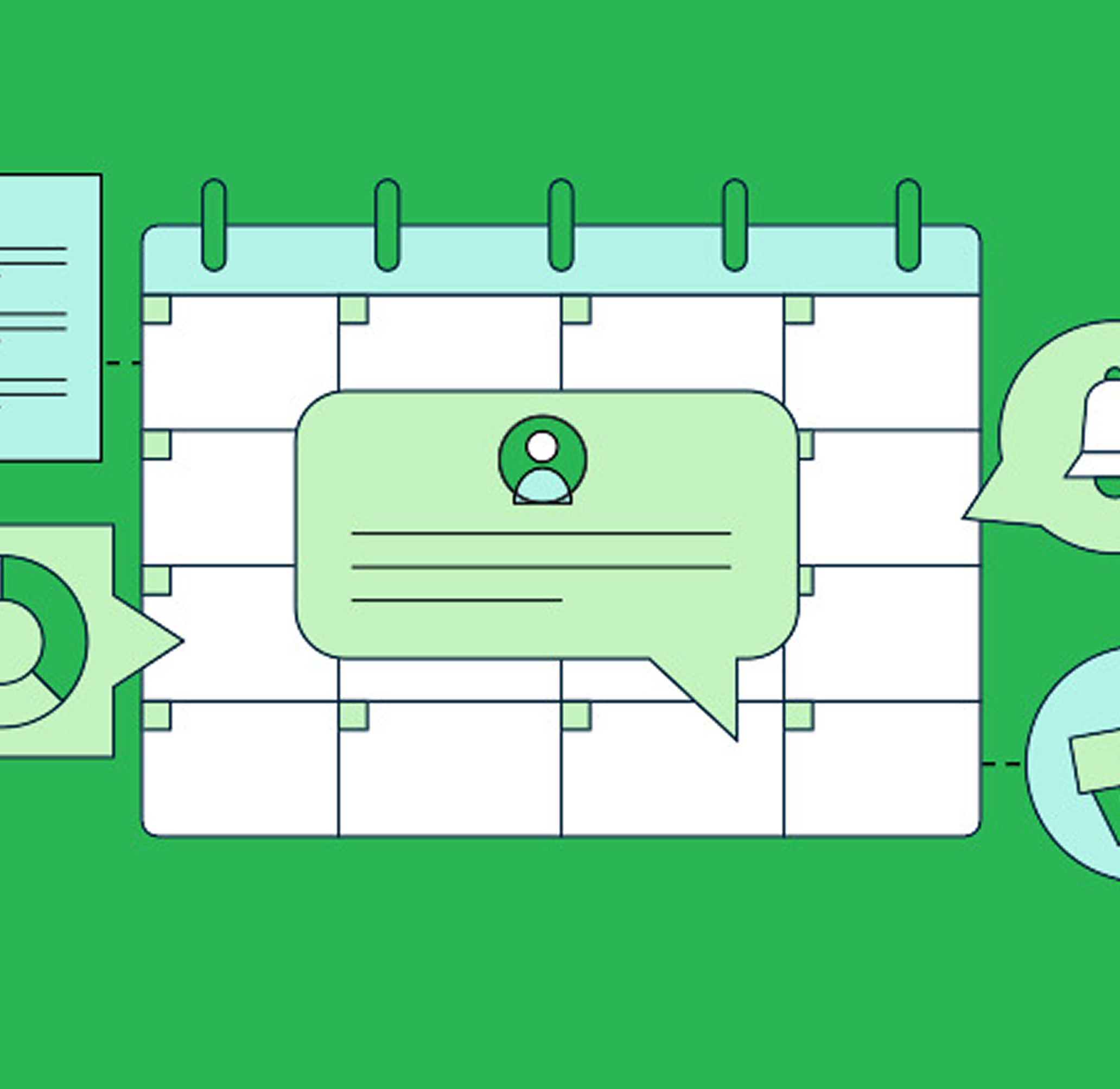How to Create a Content Marketing Plan That Converts
How to Create a Content Marketing Plan That Converts

ConvertsCreating content for the sake of publishing is no longer enough. In 2025, successful content marketing is driven by strategy, purpose, and clear business goals. Whether your objective is lead generation, brand awareness, or direct sales, your content needs to guide the audience from interest to action.
At Obzor Digital Marketing Agency, we help businesses design content plans that don’t just attract traffic—they convert. Here’s how to build a content marketing plan that delivers measurable results.
1. Define Clear Goals and KPIs
Before creating any content, define what you want to achieve. Are you looking to drive leads, boost sales, grow your email list, or improve SEO rankings? Setting clear goals allows you to align content with business objectives. Key performance indicators (KPIs) like conversion rate, time on page, and cost per lead help measure success.
2. Know Your Audience Inside Out
Understanding your target audience is the foundation of any successful content plan. Create detailed buyer personas that include demographics, pain points, goals, and content preferences. Use surveys, analytics, and customer interviews to gather insights. The better you know your audience, the more effectively you can tailor your content to solve their problems and guide them through the buyer journey.
3. Conduct a Content Audit
Review your existing content assets to identify what’s working, what needs updating, and where the gaps are. Analyze performance metrics such as organic traffic, bounce rate, and conversions. A content audit helps you understand what to keep, repurpose, or retire, and it
4. Map Content to the Funnel
High-converting content speaks to people at each stage of the marketing funnel:
Aligning content to the customer journey increases relevance and improves conversion rates.
5. Choose the Right Content Formats
Different audiences consume content in different ways. Blog posts, videos, podcasts, eBooks, and social media posts all serve unique purposes. Determine which formats resonate most with your audience based on analytics and feedback. Combine formats to diversify your strategy and reach users across multiple touchpoints.
6. Build a Content Calendar
Consistency is key to content marketing success. Create a content calendar that outlines what you’ll publish, when, and where. Include campaign themes, publishing dates, content owners, and promotion plans. A structured calendar keeps your team aligned and ensures a steady flow of content that supports your goals.
7. Optimize for SEO and User Intent
Even the best content won’t convert if it doesn’t get found. Research keywords your audience is searching for and optimize your content accordingly. Go beyond basic SEO—focus on search intent. Understand whether users are looking to learn, compare, or buy, and create content that satisfies that intent with valuable, actionable insights.
8. Promote Content Strategically
Creating content is just the first step. You need to distribute it across the right channels to reach your target audience. Use email marketing, social media, paid ads, influencer outreach, and SEO to amplify reach. Repurpose content across platforms to get more value from every piece.
9. Include Strong Calls-to-Action (CTAs)
Every piece of content should have a clear next step. Whether it’s downloading a guide, signing up for a newsletter, or booking a consultation, include a compelling CTA that guides the reader to act. Test different CTA placements and language to see what converts best.
10. Track, Analyze, and Optimize
Use tools like Google Analytics, HubSpot, and social media insights to track content performance. Monitor traffic, engagement, and conversions. Identify top-performing content and patterns that drive results. Continuously refine your strategy based on real data to improve future outcomes.
How Obzor Digital Marketing Agency Can Help
At Obzor, we specialize in developing content marketing strategies that drive growth. From audience research and SEO optimization to content creation and campaign execution, our team ensures every piece of content serves a clear purpose and delivers ROI. Whether you're starting from scratch or scaling existing efforts, we help you turn your content into a powerful business asset.
Conclusion
A successful content marketing plan is more than a calendar of blog posts. It’s a strategic system designed to guide your audience toward conversion. By aligning your content with audience needs and business goals, you can build trust, generate leads, and grow your brand.
If you're ready to create a high-converting content plan tailored to your business, connect with Obzor Digital Marketing Agency today. Let's turn your content into results.





